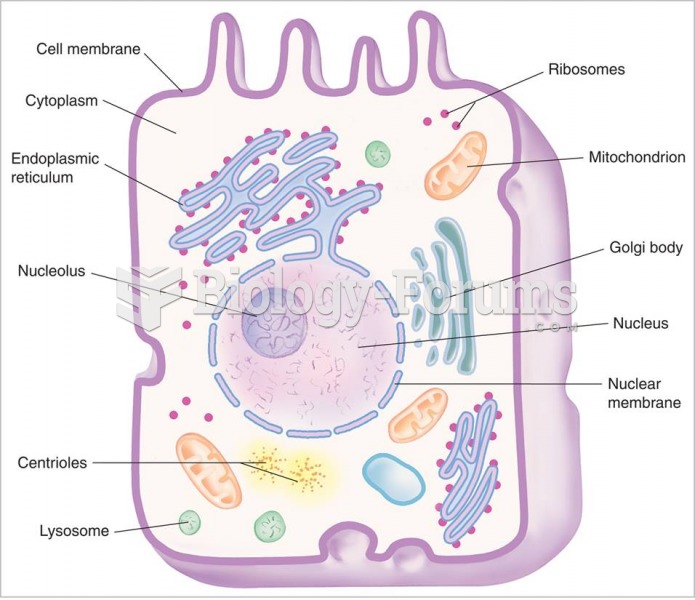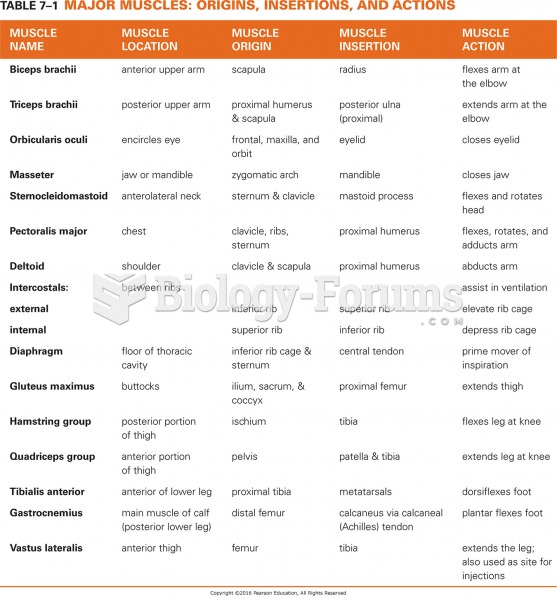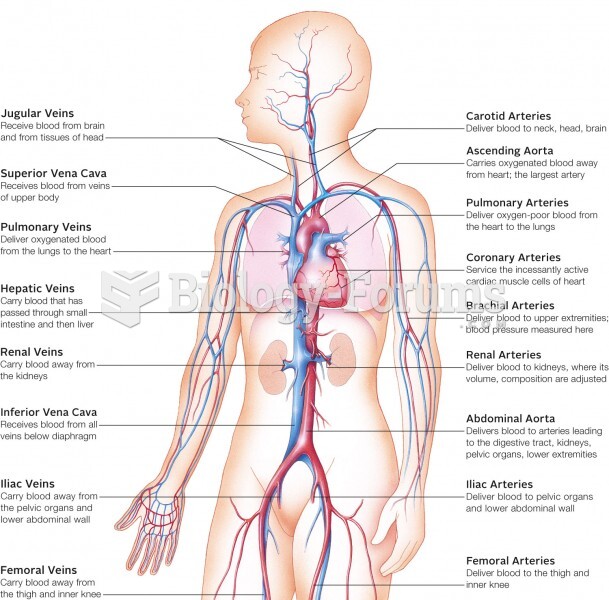Answer to Question 1
ANS:
Antimicrobials
Prevent food spoilage from microorganisms
Salt, sugar, nitrites and nitrates (such as sodium nitrate), bacteriophages
Antioxidants
Prevent oxidative changes in color, flavor, or texture and delay rancidity and other damage to foods caused by oxygen
Vitamin C (erythorbic acid, sodium ascorbate), vitamin E (tocopherol), sulfites (sulfur dioxide, sodium sulfite, sodium bisulfite, potassium bisulfite, sodium metabisulfite, potassium metabisulfite), BHA and BHT
Colors
Enhance appearance
Artificial: indigotine, erythrosine, tartrazine Natural: annatto (yellow), caramel (yellowish brown), carotenoids (yellowish orange), dehydrated beets (reddish brown), grape skins (red, green)
Flavors
Enhance taste
Salt, sugar, spices, artificial sweeteners, MSG Emulsifiers and gums Thicken, stabilize, or otherwise improve consistency and texture
Emulsifiers
Lecithin, alginates, mono- and diglycerides Gums: agar, alginates, carrageenan, guar, locust bean, psyllium, pectin, xanthan gum, gum arabic, cellulose derivatives
Nutrients (vitamins and minerals)
Improve the nutritive value by replacing vitamins and minerals lost in processing (enrichment) or adding vitamins or minerals that may be lacking in the diet (fortification)
Thiamin, niacin, riboflavin, folate, iron (in grain products); iodine (in salt); vitamins A and D (in milk); vitamin C and calcium (in fruit drinks); vitamin B12 (in vegetarian foods)
Answer to Question 2
ANS:
Appropriate uses of nutrient additives are to:
Correct dietary deficiencies known to result in diseases
Restore nutrients to levels found in the food before storage, handling, and processing
Balance the vitamin, mineral, and protein contents of a food in proportion to the energy content
Correct nutritional inferiority in a food that replaces a more nutritious traditional food







